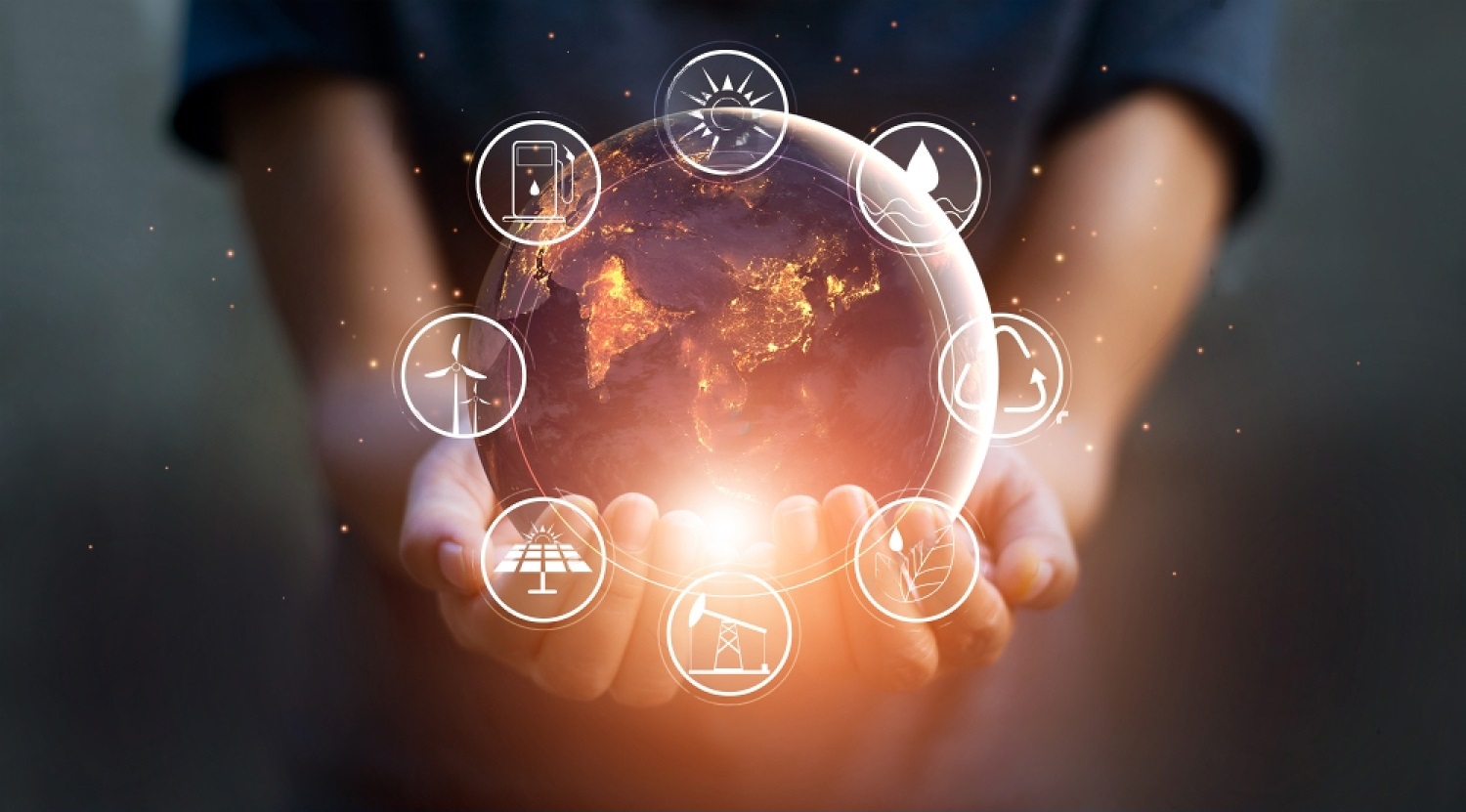The world’s insatiable appetite for energy continues to grow at an unprecedented rate. As we stand on the brink of a new era, marked by technological advancements and environmental concerns, the way we generate and distribute energy is undergoing a profound transformation. In this comprehensive analysis, we delve into the intricate web of energy generation and distribution, exploring the latest developments, challenges, and promising solutions that are driving us from potential to power.
The Evolution of Energy Generation
To understand the present, we must first trace the footsteps of the past. Our journey begins with the early days of energy generation, marked by the harnessing of natural resources such as wind, water, and fire. From the water wheels of ancient civilizations to the steam engines of the Industrial Revolution, we witness the evolution of energy generation.
Fast forward to the present day, and we find ourselves in an age defined by diversity. We harness energy from fossil fuels, nuclear reactors, and renewables like solar and wind power. Each source has its advantages and drawbacks, shaping our energy landscape. Yet, the specter of climate change looms large, urging us to rethink our energy mix.
The Quest for Clean Energy
The pressing need to reduce greenhouse gas emissions has driven us to seek cleaner alternatives. Solar and wind power have risen to the occasion, proving to be more than just sustainable trends. Solar panels and wind turbines dot landscapes worldwide, converting sunlight and wind into electricity, while innovations like tidal and geothermal energy hint at a future filled with possibilities.
But the transition to clean energy is not without its challenges. Intermittency and energy storage are ongoing concerns. The need for efficient and economical energy storage solutions has ignited a race for the perfect battery, one that can store excess energy generated during peak production for use during lulls.
The Role of Nuclear Energy
In our quest for clean energy, we cannot ignore the elephant in the room: nuclear power. Nuclear energy has long been a divisive topic, with proponents highlighting its low carbon footprint and detractors emphasizing the dangers of nuclear accidents and radioactive waste.
Recent developments in nuclear technology, such as small modular reactors (SMRs) and advanced fuel cycles, promise safer and more efficient nuclear power. However, the road to widespread acceptance is still fraught with regulatory, safety, and waste disposal challenges.
The Smart Grid Revolution
With our energy landscape diversifying and technology advancing, the grid that delivers power to our homes and industries is also evolving. Enter the smart grid, a digital, interconnected system that promises greater efficiency, reliability, and resilience. Smart meters, sensors, and advanced analytics enable real-time monitoring and optimization, reducing energy wastage and facilitating the integration of renewables.
However, this digital transformation is not without its vulnerabilities. Cybersecurity threats loom large, as a connected grid becomes a prime target for malicious actors. Balancing the benefits of connectivity with the imperative of security is an ongoing challenge.
Decentralization and Energy Independence
One of the most remarkable shifts in energy generation and distribution is the trend toward decentralization. With the advent of distributed energy resources (DERs), individuals and businesses are becoming active participants in the energy ecosystem. Rooftop solar panels, small-scale wind turbines, and home batteries allow consumers to generate, store, and even sell surplus energy back to the grid.
This decentralization has far-reaching implications. It empowers consumers, enhances energy security, and fosters a more resilient grid. However, it also challenges the traditional utility business model, necessitating regulatory adaptations and reimagining the role of utilities in a distributed world.
The Road Ahead
As we gaze into the future of energy generation and distribution, we are met with both excitement and uncertainty. The technologies and solutions available today are promising, but they require careful planning, investment, and cooperation to reach their full potential.
To move from potential to power, we must prioritize renewable energy sources, advance nuclear technology responsibly, fortify our grids against cyber threats, and adapt to the rise of decentralized energy systems. Only through a holistic approach, grounded in sustainability, innovation, and collaboration, can we navigate the complex energy landscape of the 21st century.
Takeaway
The journey from potential to power in energy generation and distribution is a multifaceted one, characterized by innovation, challenges, and opportunities. Our ability to address climate change, ensure energy security, and meet the growing demands of a global population hinges on the choices we make today.
By embracing clean energy, fostering technological advancements, and reimagining the grid, we can steer our world towards a future where energy is not just a potential resource but a powerful force for progress and sustainability. The path is clear; it’s up to us to walk it.











